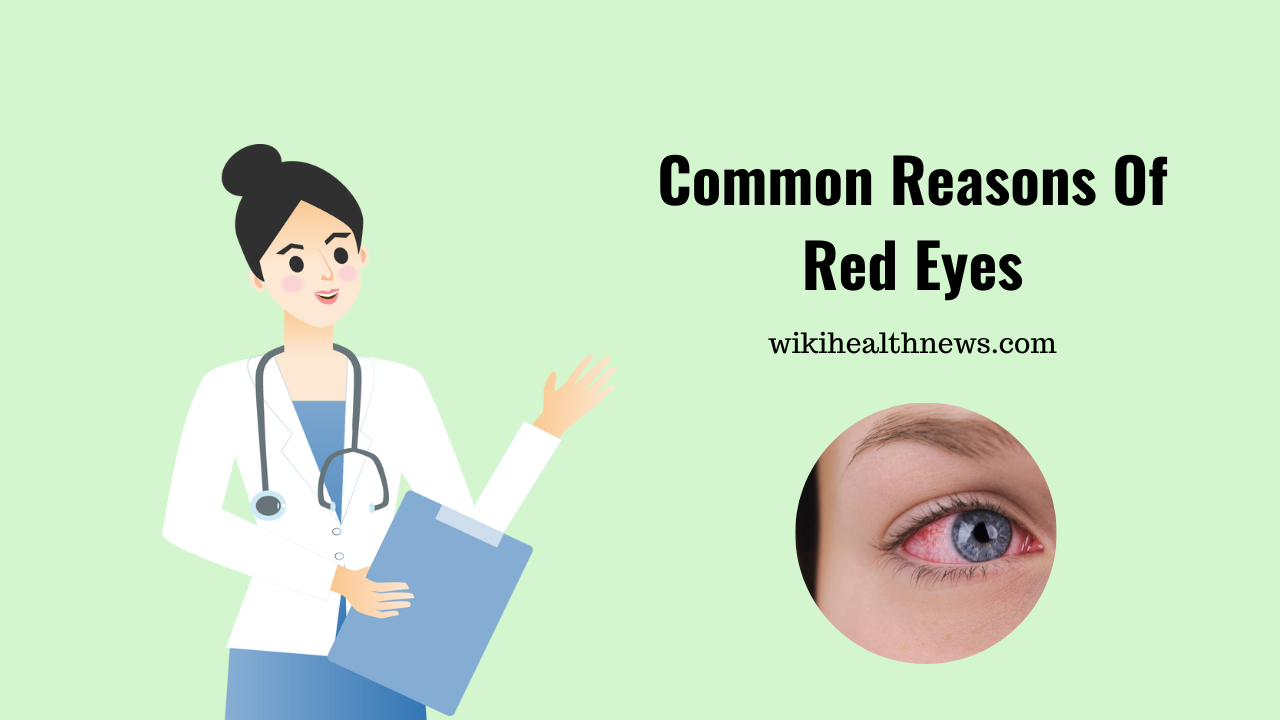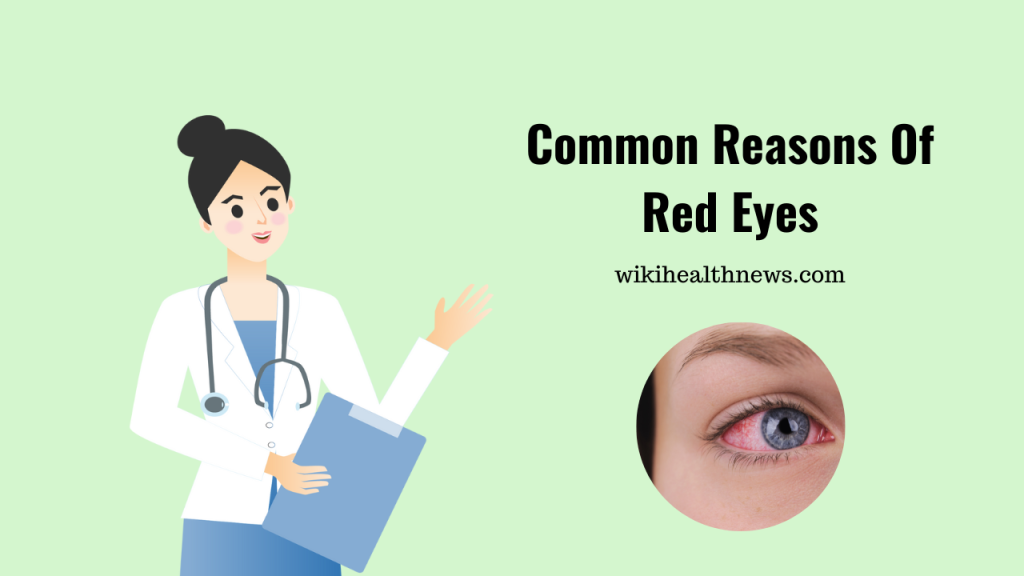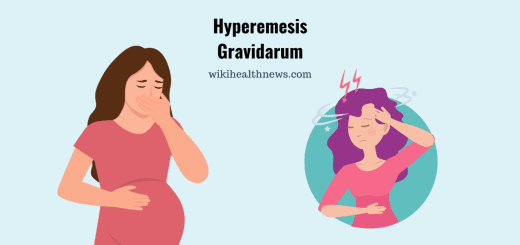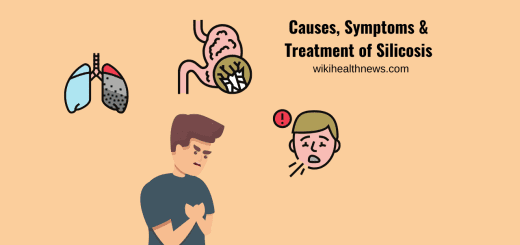7 Common Reasons Of Red Eyes

A red eye is a cardinal sign of ocular inflammation, which can result from various conditions. The Subconjunctival hemorrhage is defined as blood between the conjunctiva and the sclera, and it is generally not secondary to inflammation. Most of the subconjunctival hemorrhage cases are benign and can be effectively managed by the primary care provider. The key to management is identifying cases with underlying disease that require ophthalmologic consultation.
Causes of red eyes
Allergies can cause red eyes
Most of the outdoor triggers include pollen from grasses and trees. The allergens present indoor include dander, dust and mold. It also includes nasal allergy symptoms such as sneezing and stuffy nose. In certain cases, eyes may also cause:
- Itching
- Burning sensation
- Tearing up
Dry eye
At times, tears don’t have the texture that they should have. The tears might evaporate very rapid and sometimes the eyes are unable to produce tears at all.This condition is called dry eyes. It can cause pain, ulcers in the cornea region or in rare cases some vision loss..
Other symptoms of dry eye include:
- A gritty feel
- A burning feel
- Blurred vision
- Eyelids are heavy
- Unable to cry
- Eyes being fatigue
- Excess amount of tears, at times when eyes aren’t dry
- A stringy discharge from eyes
- Irritation with contact lenses
Conjunctivitis
Pink eyes are also known as conjunctivitis, it occurs when the lining of eyelid and the white of eye become inflamed. Mostly it happens because of a virus or bacteria. It’s very common, especially amidst children, and is usually very contagious.
Other symptoms include:
- Increased tears than usual
- Burning sensation, itching or feeling grittiness.
- White, yellow or green discharge from eyes
- Pink eyes are sensitive to light
- Formation of crust on eyelid or eyelashes.
Damage to blood vessels
Broken blood vessels happens when tiny blood vessels breaks underneath the surface of eyes. The blood gets trapped and makes the white region of eye turn red. It can be due to strong sneeze, heavy lifting, vomiting hard, or rubbing eyes too hard and also by using blood thinners like aspirin.
Broken blood vessels cause other symptoms like:
- Bright reddish color near eye area along with general redness.
- A scratchy feel

High ocular pressure
Fluid gets filled up in the front part of eye. This causes pressure in the region can damage the optic nerve. The condition is called glaucoma. It is the major cause of blindness in the age group of 60 and above. It is usually painless and an unusual form of acute glaucoma can cause symptoms like:
- Severe pain in eye
- Headache
- Decreased or blurred vision
- Rainbows or halos in vision
- Nausea and vomiting
Drugs and alcohol
Drugs and alcohol can also dilate blood vessels and cause inflammation by making the eyes look red. This type of redness doesn’t cause any harm, but if its red often due to alcohol, drugs, substance abuse treatment may be required.
Ulcers
- If ulcers are left untreated, eye infections can cause sores on the eyes. The ulcers are frequently red, painful and endangered vision.
- If a person notices redness in a particular area, has symptoms of infection or observes sore in their eye, they must rapidly seek medical care.
Other causes
Certain other causes of red eyes include:
- Chlorine present in swimming pools
- Dust
- Cigarette smoke
- Perfume
Eye conditions
- Scratch, infection or ulcer in the corneal region of eye
- Inflammation in cornea (keratitis)
- Inflammation in the colored region of eye (iritis), in the middle layer of eye (uveitis), the white region of eye (scleritis), or the membrane covering the white part of eye (episcleritis)
- Any problem from eye surgery or contact lens.
How is it treated?
Over the counter drugs, decongestants and antihistamines can aid with itchiness and redness due to allergies and it sometimes makes eyes feel dry so artificial tears can be used to wash and moisten eyes.
Over-the-counter remedies can be safely used to treat most cases of mild to moderate red eyes. Popular remedies include:
- Naphazoline which is found in drugs such as Clear Eyes Itchy Eye Relief. It is a decongestant that can treat redness caused by allergic reactions and minor irritation.
- Tetrahydrozoline that is found in drops such as Visine. Tetrahydrozoline is a decongestant that, like naphazoline, it clears redness caused by exhaustion, allergy allergy and irritation.
- Many eye lubricant drops are available, most of which use lipids to mimic real tears.
Various number of prescription remedies may be helpful, particularly if an illness or infection has caused red eyes.
- Glaucoma drops are used to reduce pressure
- Antibiotic drops or ointments are used to treat an infection in the eyes
- Prescription artificial tears are used to increase moisture in the eyes and reduce irritation.
Read More











